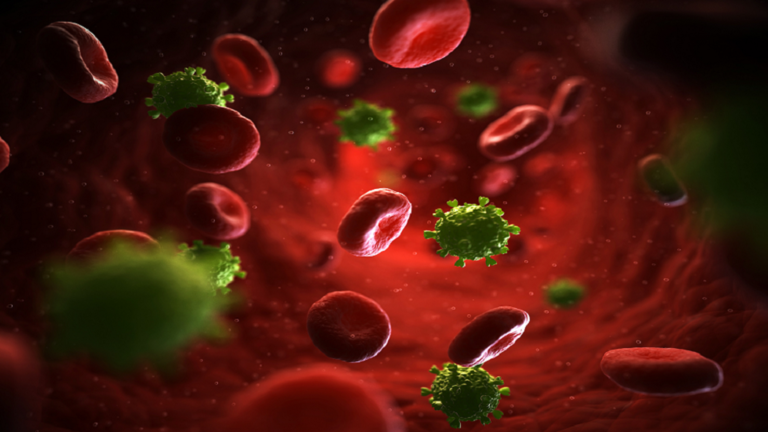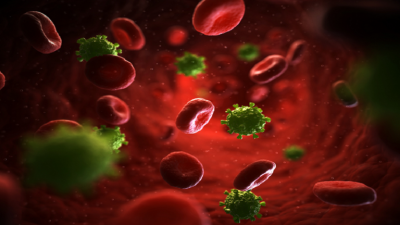A small portion of people naturally resist HIV infection, and scientists want to understand why. An international team of researchers has discovered a new genetic variant in individuals of African descent that appears to restrict HIV replication after infection occurs.
While further research is needed to confirm their findings, this discovery marks a significant advancement in HIV research, which has long overlooked African populations. Pathologist and study author Simon Mallal from Murdoch University in Perth, Australia, states, "The results may explain why some individuals in these groups have lower viral loads, slowing down virus replication and transmission." This discovery, thanks to a joint analysis of nearly 3,900 individuals, could also pave the way for the development of new antiviral drugs, similar to previously identified genetic variants.
Today, HIV affects approximately 39 million people worldwide, although the virus does not affect everyone similarly. Aside from the genetic hole in a gene called CCR5, other known genetic variants thought to confer some resistance to HIV have not always held up under scrutiny when scientists attempted to replicate the results. Moreover, genetic studies have primarily focused on Caucasian populations of European descent, while most infections occur in Africa and significantly impact people of African descent.
Researchers have recently begun studying African populations. In 2021, genetic variants were identified in Botswana that seemed to make individuals more susceptible to HIV infection or lead to disease progression. In this new study conducted on Africans living with HIV-1, the most common type of the virus, researchers found the opposite: a cluster of 16 genetic variants that appear to limit HIV replication.
These variants cluster around a gene located on chromosome 1 called CHD1L, and one of the genetic alternatives topped the list of variants associated with low virus levels during chronic infection periods. This is good news because this level, known as the set viral load, is an indicator of the risk of transmission and the likelihood of disease progression in chronic HIV infections.
Paul McLaren, a research scientist at the Canadian National Microbiology Laboratory, states, "By studying a large sample of individuals of African descent, we were able to identify a new genetic variant present only in this population that is associated with lower HIV viral loads." McLaren and his colleagues estimate that between 4% and 13% of people of African descent carry the higher-ranked alternative in CHD1.
Although researchers do not yet know how CHD1L regulates viral load, they are eager to discover this because it could lead to new treatment options. Virologist Harriet Grum from the University of Cambridge remarks, "Every time we discover something new about combating HIV, we learn something new about the virus and the cell."
After further investigation, researchers found that HIV replication increased when CHD1L was knocked down in macrophages, which are known reservoirs for HIV-1. However, there was no effect in T cells, another type of immune cell where HIV typically replicates.
Despite the promising discovery, researchers are well aware that genetic resistance to HIV likely involves a complex interaction among two or more genetic variants, rather than a single exceptional quirk. The extent to which genes contribute to the variability in HIV infection remains unclear.




